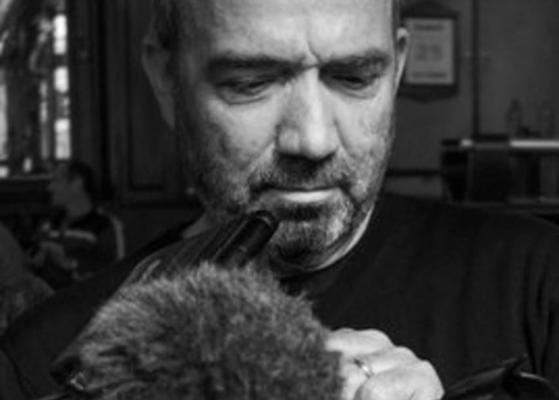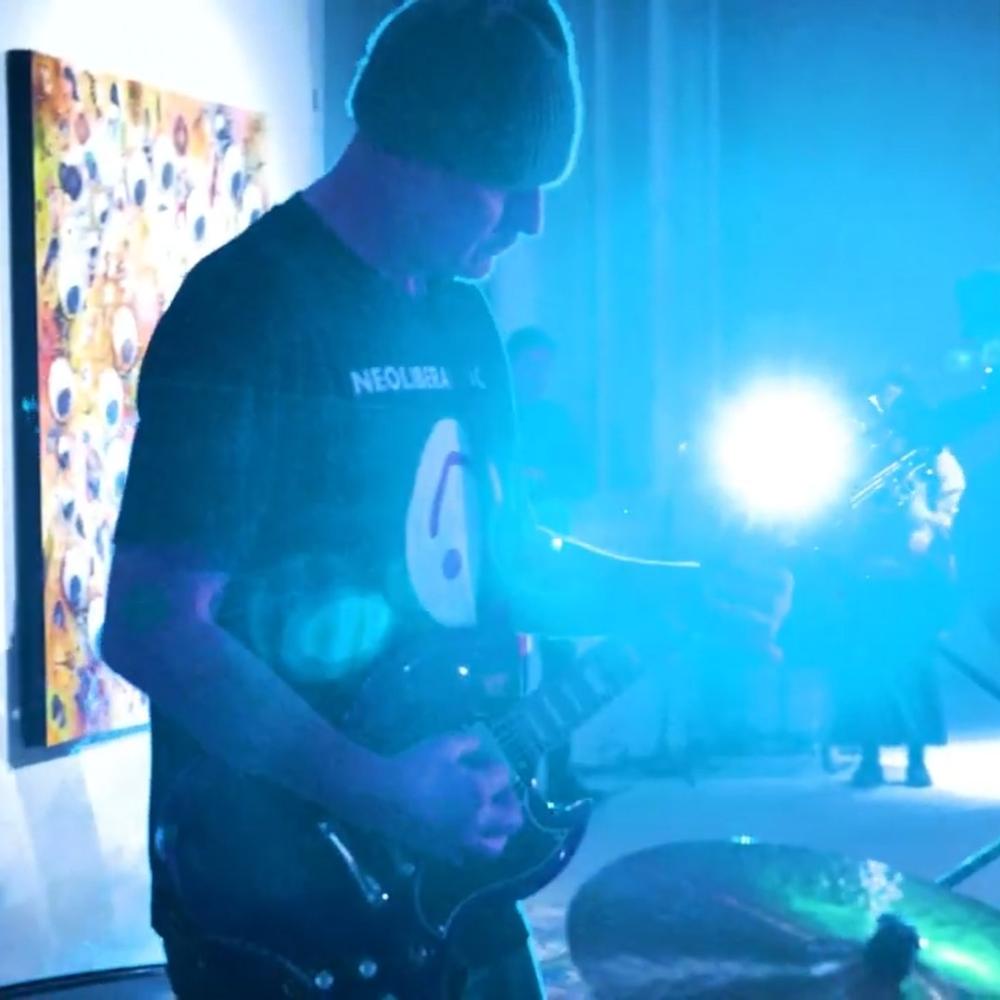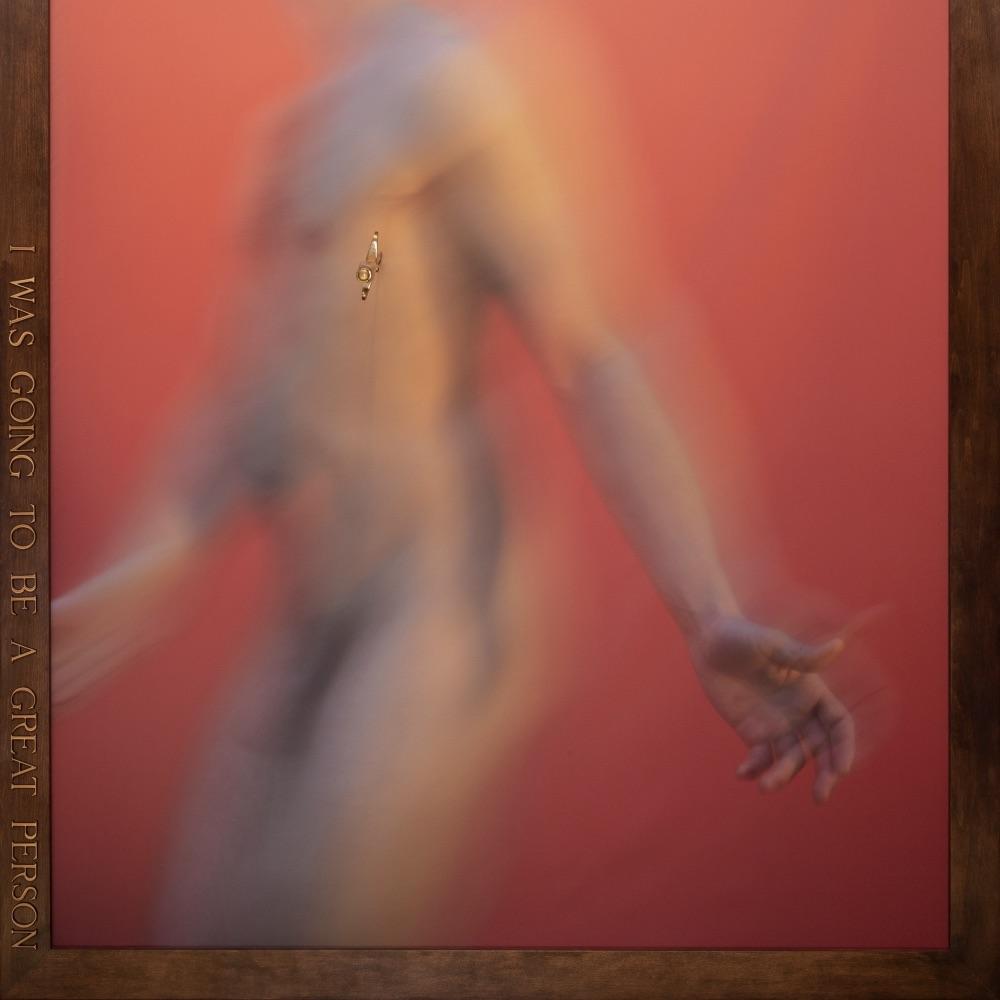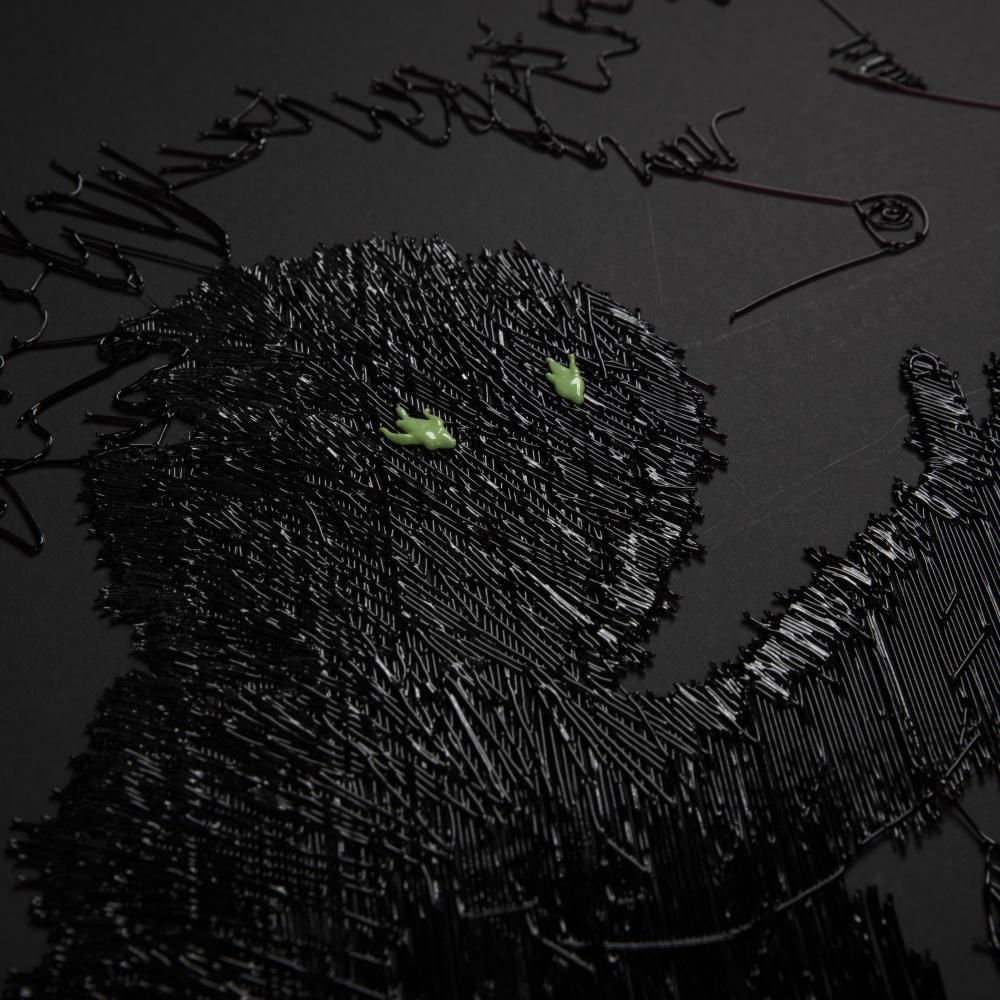
British filmmaker David Bickerstaff is known for his documentaries about the visual arts. You could see some of them in our cinema. His films have covered Van Gogh, Vermeer, Bosch, Michelangelo, Degas, Pissarro and entire artistic movements. In our country, regular screenings under the EOS label - Exhibiton on Screen - have started, and they are enjoying considerable popularity. We have already screened several of his films in the past and now we have decided to interview the filmmaker.
His latest project takes as its theme the development of the last 400 years of Tokyo art, and it will premiere at the TELEGRAPH FILM FESTIVAL 2023. The film EOS: Stories of Art from Tokyo kicks off the entire festival showcase, and you have the chance to sample Japanese specialties from our chef's kitchen in addition to Bickerstaff's new film. Those of you who are accredited are also entitled to a free themed welcome drink with the film screening! Tune in to our show's opening film in the attached interview and we'll see you on Wednesday, October 18 for the opening of TEFF23.
1) Can you tell us about the key themes and highlights of the exhibition at the Ashmolean Museum that served as the foundation for your documentary?
The exhibition at the Ashmolean Museum in Oxford wanted to examine a broader sense of the development of Tokyo through the work produced by artists over 400 years of its existence. Through a series of themes - early history, modernity, photography, art, politics, beauty, protest and the changing role of women - the exhibition builds a portrait of everyday Tokyo, told through the eyes of a wide range of diverse artists. Voices that may challenge any misunderstood notions or misconceptions about what Japanese culture is and the role art can play in defining the identity of a city.
2) What challenges did you encounter in translating a museum exhibition into a documentary format, and how did you address them?
The curators of the exhibition were very clear with their narrative and how to represent the multi-faceted nature of Tokyo's cultural history. They had selected important examples of Japanese art and a range of historical and contemporary artists, that best supported the story they wanted to tell. This is a great help for us in formulating our own script and devising the narrative flow for our own story. So we always start with the exhibition catalogue and plan the key interviews that will deliver an engaging and informative experience over 90 minutes. Through the process of interviewing contributors and our own research into Tokyo itself, the plot develops and the works we need to film become more identifiable.
3) Tokyo has a rich history of art and culture. How did the exhibition and your documentary capture the intersections between Tokyo's art and its broader historical context?
Artists generally reflect the 'concerns of the day' in their work. So to survey an artistic output over 400 years becomes a good measure of the ideas and societal structures of a nation over a long period of time. We were interested in how the past spoke to the present through a diverse range of artists and their practices. Japan has such a visual culture and stories are often told through pictures and with a range of mediums. The film is constructed in chapters defined by a series of themes. So we start the film by highlighting some of the misconceptions about Japanese art and then start a journey though Tokyo's artistic history, from beginnings to the present day, moving seamlessly from the exhibition spaces to the streets of Tokyo and back again, offering narrative connections between the past and present.
4) With your experience in creating documentaries on art, how does this project focusing on Tokyo's art history compare to your previous works?
In previous documentaries, the featured artist's work has had a wider influence or focal point, beyond a single location. Concentrating our story on a single city where it is the main character, makes this film a unique challenge and slight departure for us. One minute you are in the crazy neon surrounds of Shinjuku and Shibuya, the next you are in a pristine parkland with religious temples and pools of calm water, full of Koi. It is unique and unlike any other city. Armed with several different cameras ranging from iPhones to DSLRs and Cine cameras, we decided to shoot anything we thought interesting, as if we were compiling a visual essay of the city. This seemed appropriate for Tokyo and not something we had considered for past projects. So we ended up with a lot of material which we used in various ways - from quick animated sequences that generated the energy of a 'snap shot' as you travel though a city, to longer, slower sequences that encourage contemplation and meditative thought. I also wrote a prose-like text that reflected my own observations and memories of the city, which is something I had not done before. It was quite a challenge to get the balance right and not to fall into the trap of presenting a stereotypical idea of what Tokyo is, but to subvert that with authentic Japanese voices and contemporary points of views.
5) Have there been any unexpected discoveries or unique stories that emerged during your journey of exploring Japanese art?
The biggest surprise for me was how politically active and reactionary the citizens of Japan and Tokyo became in the early 60s. Before this project, I was not so aware of the post war ANPO movement where there were protests and riots against the occupation of America in Japan. The rise of reactionary photography and performance during this period was fascinating to me. I love the Vivo group of photographers and feel very privileged to have interviewed artists like Moriyama Daido and Tanaami Keniichi for our film who really encapsulated that spirit of freedom, experimentation and passion for their craft. I also enjoyed finding out more about the artist collectives in Tokyo like Chim↑Pom from Smappa!Group who are very individual in their approach to art, innovative, anarchic and willing to push the boundaries of what art is.
6) Your previous documentaries have likely involved collaborations with experts and institutions. Can you share some insights into these collaborative processes?
Artists and experts give up their time freely to contribute to your film so I always feel it is essential to be truthful to what they say, to give space to their work and to place them in the story where they are most effective, where they add to the richness of the film's narrative arc. Before each interview, we would decide on what aspects of their work we would like them to talk about and how that fits into the overall themes being explored in the film. Of course, having the exhibition at the Ashmolean as our central narrative base meant that many of the key works and the artists had already been identified. So we had our cast of characters and their work but what we needed to do was to construct a meaningful experience for our cinema audience.
7) How did you weave the contemporary art scene in Tokyo into your documentary, considering the historical foundation provided by the exhibition?
It is always an editorial balancing act to construct a story over ninety-minutes that is engaging for audiences who are looking for a meaningful and cinematic experience. If you are going to look at Tokyo through its artistic history then it is essential to include contemporary artists. Working with contemporary artists in a feature documentary can be difficult because of the sensitivities around representation, copyright and context. This is where we really rely on the exhibition curators to smooth the way and assure featured artists that our narrative is totally in-line with the themes and curatorial agenda presented in the exhibition and will fairly represent their work. Once a relationship has been established, then it is usually a very rewarding experience. I love speaking with living artists about their work and being in their studios. They often reflect on their culture in a unique and poetic way. Each artist in Tokyo Stories has a very individual voice and see the city in different ways. I would love to include more contemporary artists in our films because they offer such valuable insight. I was very keen to ask contemporary artists how they viewed traditional Japanese art from the past and whether the formal structures embedded in Japanese culture informed the way they made art, the subjects they chose and if their own work reflected on contemporary society.
8) Were there any specific artworks or artists from the Ashmolean Museum's exhibition that stood out to you as particularly representative of Tokyo's artistic journey over the centuries?
Japan is well-known for some iconic cultural representations like woodcut prints of Mt Fuji, Geisha or Kabuki, and visual phenomenon like manga and anime. We have all these in our film but my personal perception of Japanese culture began as a child. I grew up with Osamu Tezuka's manga like 'Kimba the White Lion' and 'Astro Boy' which was my favourite programme as a child. It has always been a source of fascination for me, though my knowledge was defined by how it was mediated in film, literature and popular culture. When you journey through exhibition, some key turning points become apparent. The opening up of Japan to the west, the development of a new graphic print culture and the rise of photography as an art form and industry in the 1960's. Tanaami Keniichi's work is absolutely mad! Brilliantly executed and highly graphic. We interviewed him at his latest exhibition in Tokyo and the works were so impactful. His stories and memories of surviving the bombing of Tokyo during World War II gave a poignant and powerful aura to the works, giving context to their psychedelic presence.
9) What are your hopes for the impact of your documentary in terms of raising awareness and appreciation for Japanese art and its historical significance?
We wanted to show a broader sense of the development of Tokyo from its roots as a marshy estuary to the mega metropolis it is today. To tell the story of artistic innovation and cultural endeavour that shifted over time as each political and cultural movement developed. We wanted to build a portrait of everyday Tokyo, told through the eyes of a wide range of artists with individual ideas and critical observations. Voices that may challenge any misunderstood notions or misconceptions about what Japanese culture is and the role art can play in defining the identity of a city.
10) Looking ahead, are there any specific aspects or unexplored facets of art that you would like to tackle in future projects?
This is such a tricky question. I would like to explore the work of more contemporary artists but it is about how you generate an audience for these artists in the cinema? How do you get beyond the interests of insider art connoisseurs and the contemporary art market system? We tend to feature artists or art movements that have a global appeal and exist in popular exhibitions but there are so many brilliant artists out there making incredible work and telling great stories but the challenge is how to translate that to an appealing cinema experience. Tokyo Stories is a perfect model for how this might work for us in the future where the narrative is woven around an iconic city with a rich artistic
TELEGRAPH FILM FESTIVAL 2023
(DAY 1) Wednesday 18 October 2023
18:00 New Positions in British Painting exhibition screening with Jan Kudrna (commentary) free entry
19:00 Taste the specialties of our chef Aleš. He is offering a Japanese menu for you all week long! But you can also get a free themed drink thanks to the presented accreditation.
20:00 TEF23 Opening: premiere of EOS - Tokyo Stories // EOS - Tokyo Stories(UK film) 160 Kč
Through an exhibition at Oxford's Ashmolean Museum, Art Stories from Tokyo charts 400 years of incredibly dynamic and diverse art from the Japanese capital - from fine woodblock prints, to pop art posters, contemporary photography, manga, film and new street art.
Purchase your accreditation at the Telegraph or online and then collect your accreditation card from reception on entry.
FESTIVAL PASS Four-day passes: 680 CZK (Full) / 600 CZK (Reduced)
One Day Pass: Wednesday 18.10 250 CZK (Full) / 220 CZK (Reduced)







